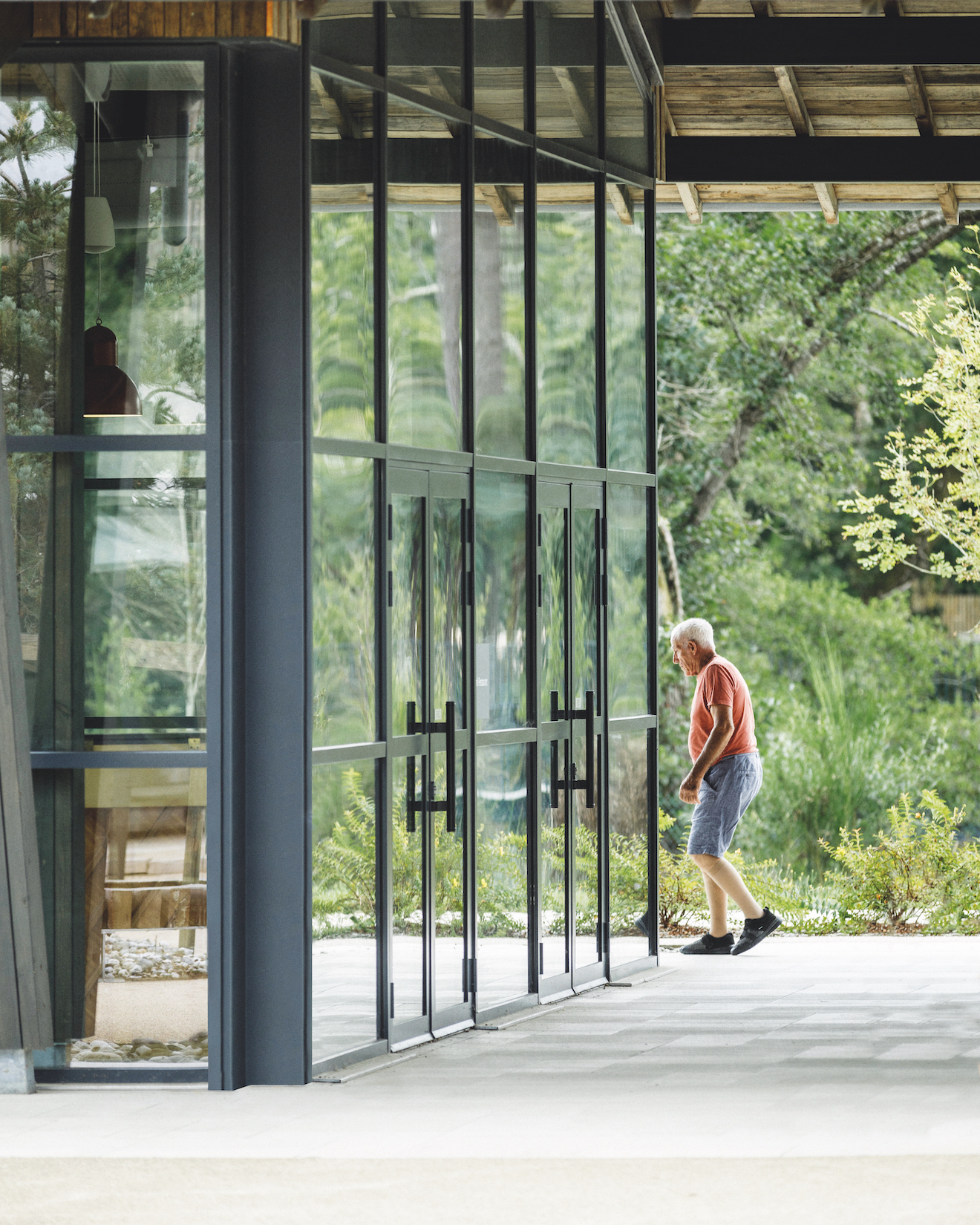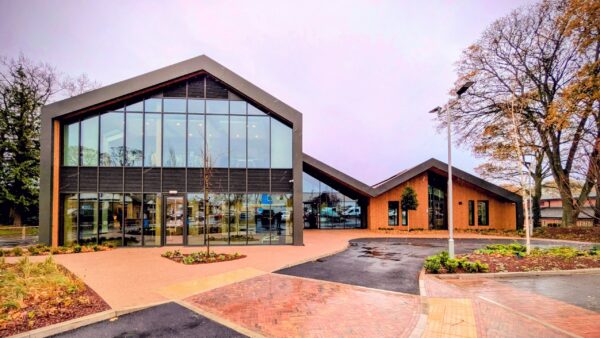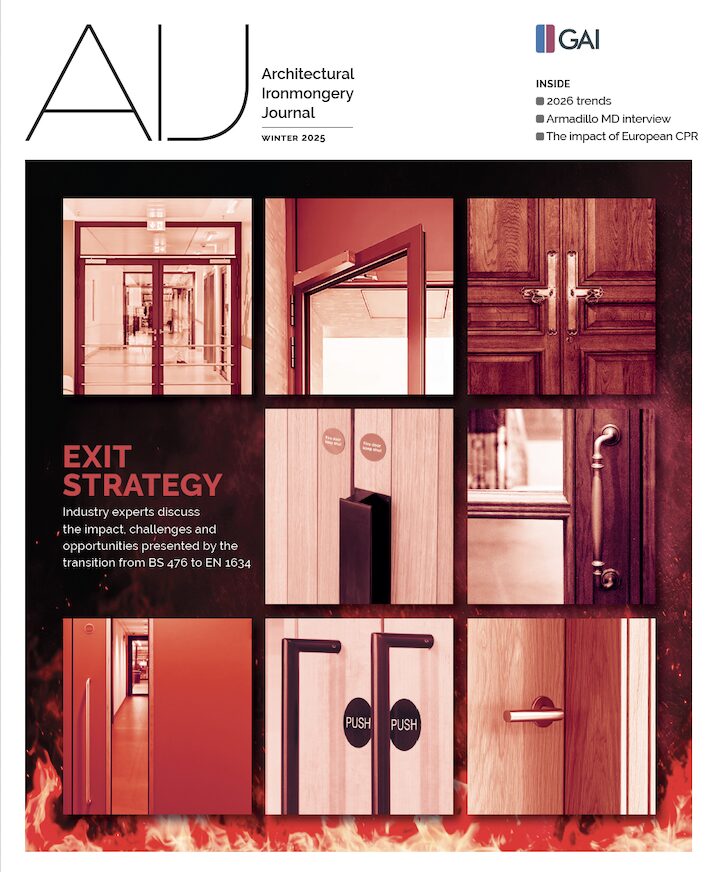
Dr Amna Shibeika and Dr Florence Phua from the University of Reading share their research into delivering better designed dementia-care facilities which creates out-of-the-box thinking and considers cultural differentiations
Tell us about the research
With dementia prevalence rising globally, and in the UK where estimates predict that over one million people will be living with the condition by 2025 (Dementia UK), there is an urgent need for the built environment industry to provide inclusive, sustainable and innovative architectural and construction solutions that meet the unique accommodation needs of individuals with dementia.
Until recently, the purposeful design and construction of accommodations for dementia patients have largely relied on retrofitting or adapting existing domestic dwellings and/or care facilities. Although this approach has largely met existing needs, there is increasing evidence to suggest that more fit-for-purpose, user-centred design and construction solutions are needed to enable dementia patients to live with greater independence, have better quality of life and dignity for as long as possible.
In this study, we report on a successful and unique pedagogical framework that combines experiential and project-based learning to prepare future architects and construction managers for real-world problems by getting undergraduate architectural students to interpret and apply dementia-care design principles to develop innovative design proposals for dementia-friendly bungalows with emphasis on accessibility, sensory adaptations, sustainability, and technological integration.
What is new about this research?
As an industry, we are often reactive in our approach when it comes to making longer term changes to the way we operate and to our business models. Particularly significant is the criticism that the gap between research and practice is deemed ‘unbridgeable’ and hence, the industry is often accused of lagging behind in adopting research-led solutions. This study, led by Dr Shibeika focuses on closing this ‘gap’ by taking a bottom-up pedagogical approach to design and construction. UG students were tasked with finding holistic design approaches incorporating sensory adaptations, advanced lighting solutions, community-focused layouts, renewable energy systems, prefabricated materials, and eco-friendly designs that are dementia-friendly. The integration of assistive technologies further demonstrates students’ awareness of how smart systems can enhance patient safety and convenience.
This study contributes to the discourse on dementia-friendly design and construction, and highlights the transformative role of architectural education in fostering inclusive, sustainable practices. This highlights the importance of embedding dementia-care principles within architectural curricula to prepare future practitioners to address the complex needs of vulnerable populations and enhancing their quality of life.
How can construction companies apply your research?
Now in the third year of running the design programme, we have built up a reasonably large design database that look at critical aspects of designs and construction that can inform practice in terms of identifying core design themes and generating new ideas that might be less commonly thought of, but has the scalability and real-world application potential.
The student-led database is unique and valuable from two perspectives. First it offers, for the first time, culturally specific aesthetics, layout and functionality to the design as they reflect the culturally diverse backgrounds of students and their corresponding empathetic views on what they regard as important. This is a significant step in improving the way we understand design and architecture where the provisions of dementia facilities often neglect addressing the psychological and cultural dimensions of patients. Second, rather than relying on a box-standard design, the database enables healthcare providers to offer more bespoke accommodations that are tailored to different levels of dementia needs. This has the real potential of reducing design and build costs in the longer term as the need to design from scratch can be avoided. Future iterations of the design programme could include structured workshops or guest lectures focused on cultural inclusivity, drawing on case studies from different regions to enhance the database’s utility.
What outcomes could be achieved across the industry?
As we recognise more and more the huge social and economic costs of the dementia crisis in the UK and globally, the built environment industry is well placed to address some of the associated challenges by delivering better, creative designs and translating this student-led academic innovation into practical, scalable solutions with real-world application. Collaborations with industry professionals and dementia care practitioners could bridge the research-practice gap, providing researchers/students with insights into feasibility and implementation constraints, and at the same time, for practitioners to tap into the research innovations that are taking place. Additionally, integrating pilot testing or prototyping as part of the programme could help refine the designs for eventual real-world applicability.
By closely integrating research, iterative design, and reflective practice, there is a real opportunity to translate and apply theoretical principles that lead to practical solutions. This alignment is what we need to pursue in the built environment. Building on the design database, and refining the scope of dementia care practices, we are confident that this study could lead to the development of systematic tools for evaluating the hitherto missing aspect of cultural inclusivity in the design of dementia care facilities and one that fosters stronger collaborations with industry professionals, healthcare providers, policy makers and funders.
For more details please contact Dr Amna Shibeika on [email protected] or Dr Florence Phua at [email protected]








